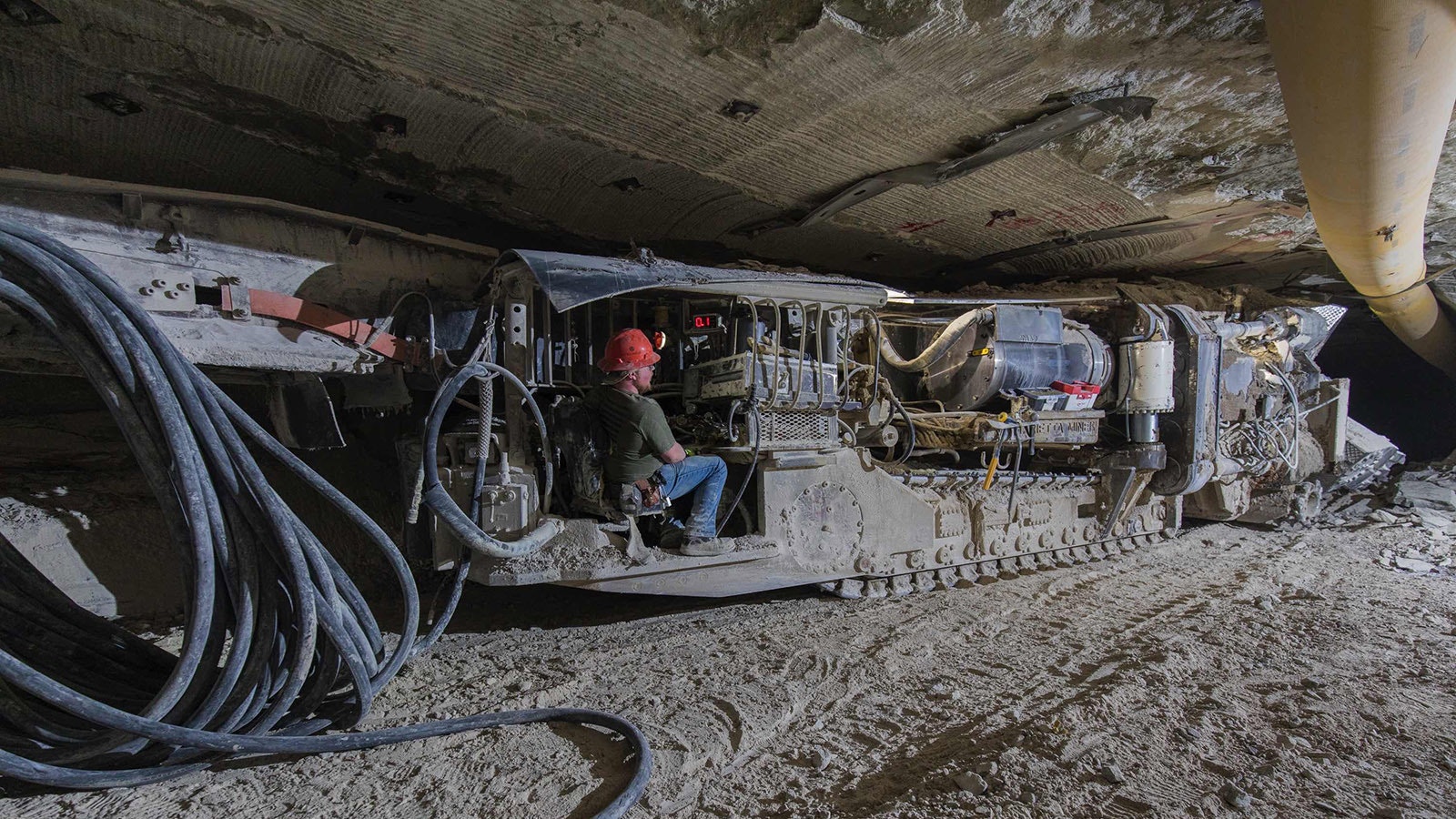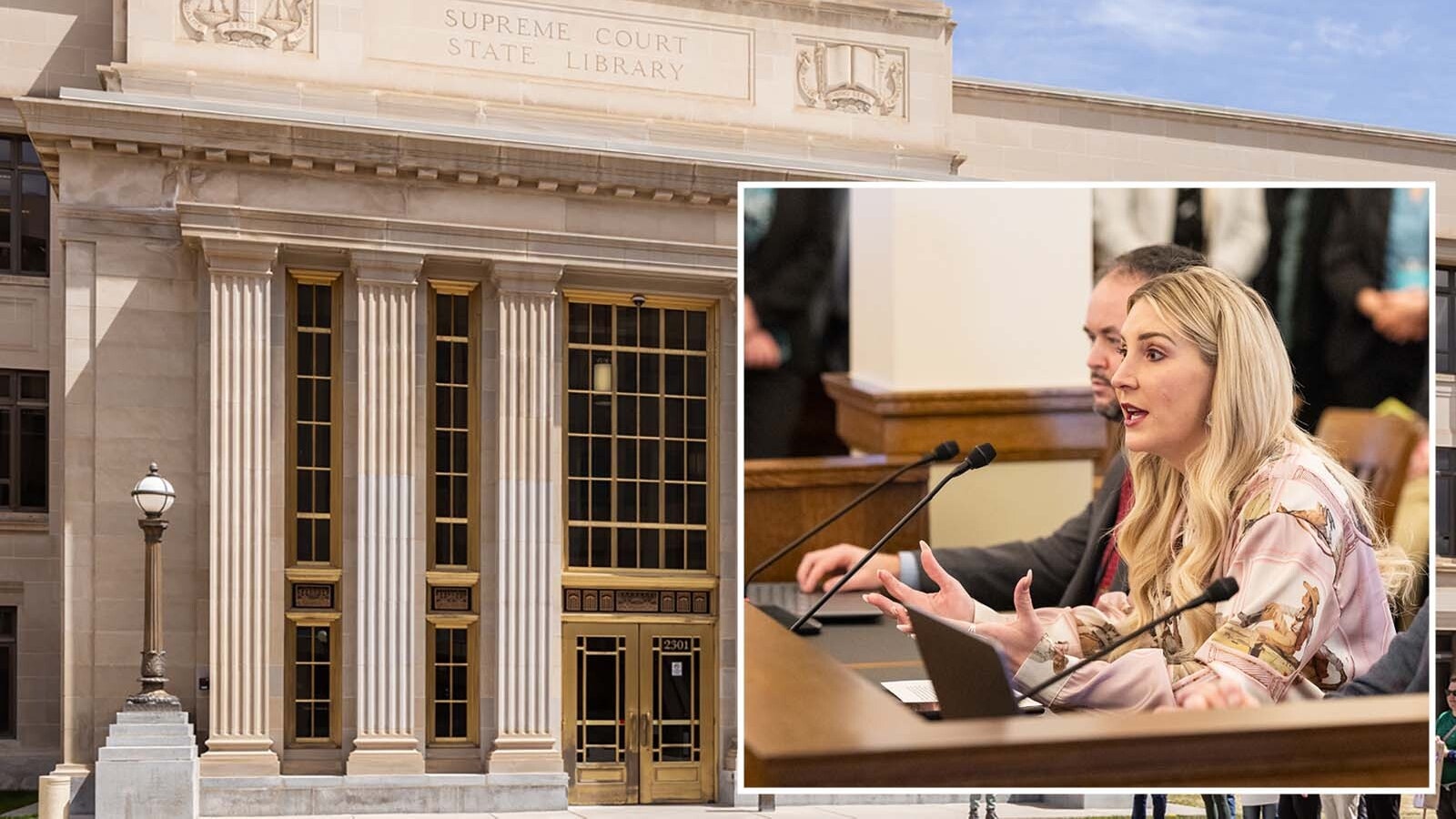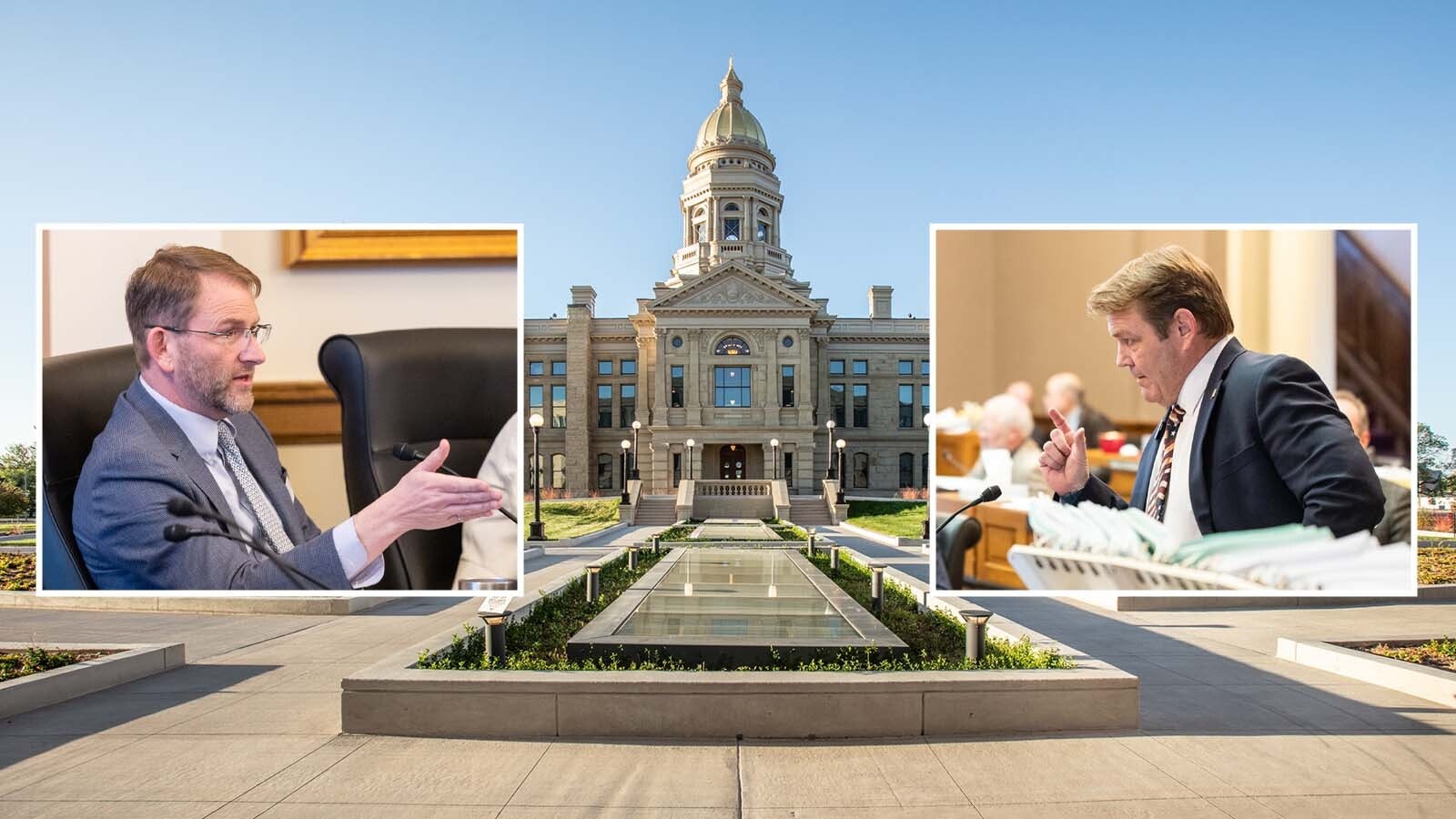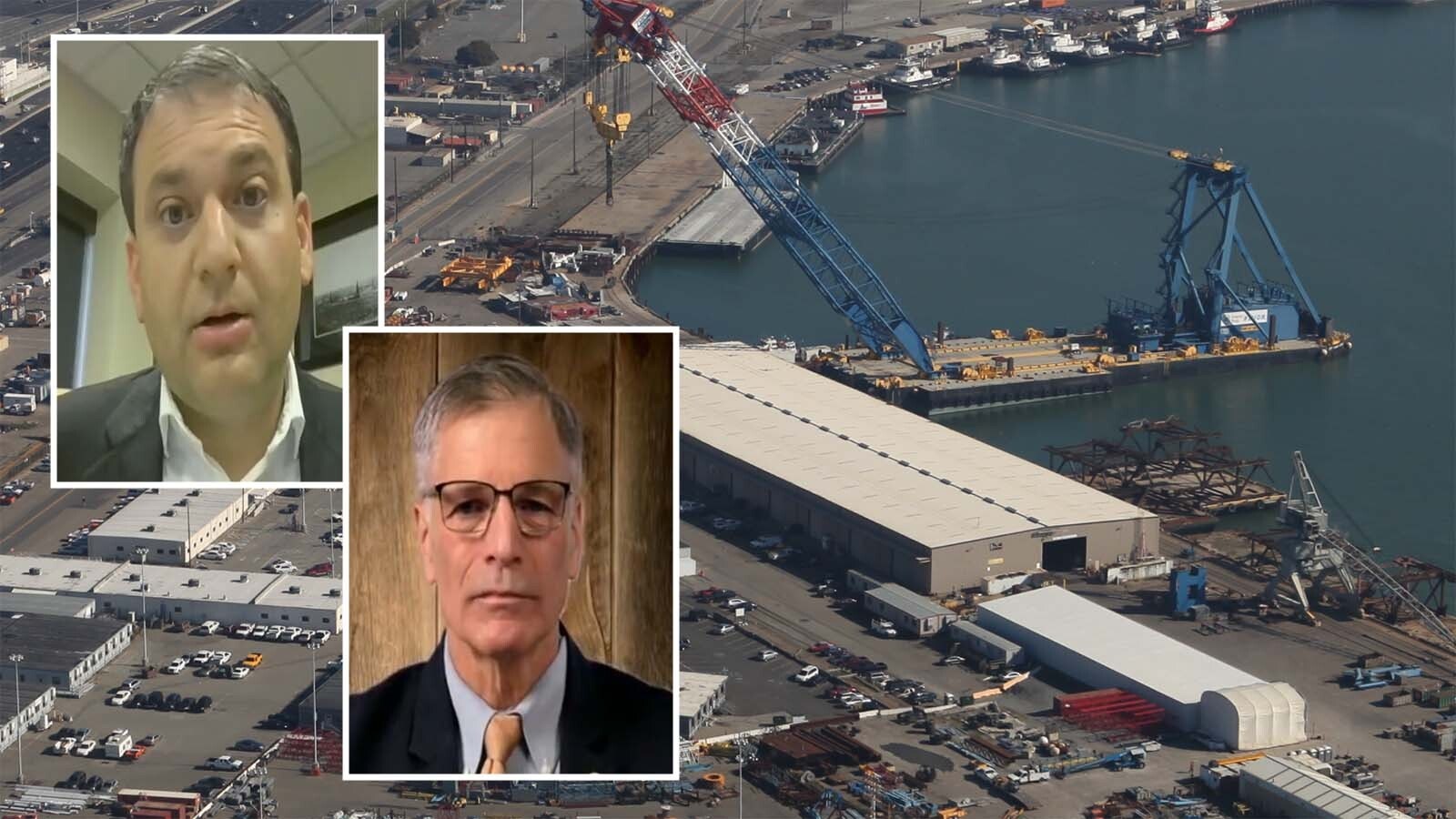A federal overhaul of how a huge swath of land in southwestern Wyoming can be used to develop trona or energy resources could put billions of dollars in future economic development at stake.
The bold forecasts on trona and energy development come amid the backdrop proposed rules from the Bureau of Land Management over how 3.6 million acres in the region could be used.
The BLM proposal touched off a firestorm of controversy in the trona-rich region, as was shown by comments submitted by a Wednesday deadline to the federal agency.
“Any change in the way that BLM addresses the mining and refining of soda ash has potential consequences not only to existing operations, but our expansion project,” said Mike McGrady, vice president in charge of human resources and environment, health and safety for Sisecam USA in Green River.
McGrady also wears the hat of spokesperson for the trona industry on Gov. Mark Gordon’s task force on BLM’s proposed Rock Springs Resource Management Plan (RMP).
The task force, which included a spectrum of voices representing interest groups, recently submitted its recommendations to the BLM on the RMP overhaul proposal.
“If we can’t mine trona in this part of the U.S., then effectively we don’t have an effective soda ash option,” McGrady said. “If they make it impossible to expand and get new leases and our operations are restricted, then that is a significant risk to our industry.
“About 95% of the world supply of trona exists in the Green River Basin, with the federal government owning the majority.”
Could Limit Access
Wyoming’s mines annually produce roughly 18 million tons of trona, which is processed into soda ash, based on the most recent figures available from 2021.
McGrady said that the BLM proposal, which includes designating 1.8 million acres for conservation, could impact future development plans for trona mining in the Sweetwater County area, although some of the projects already announced could be grandfathered in under the agency’s prior RMP guidelines.
His beef with the BLM proposal is that it could “limit access to land” and make it “extremely difficult to move forward” with leases in the future.
More immediately, there is handwringing in the trona business because the BLM proposal could potentially disrupt two projects proposed since last fall.
Pacific Soda, a joint venture between Sisecam and Ciner, is going through the permitting process to mine trona in southwestern Wyoming and produce 6 million tons of soda ash a year – more than double Sisecam’s current production level.
And in October, WE Soda Ltd., a unit of British-based Ciner Resources, announced plans to build a new soda ash production project southwest of Green River (also known as Project West) that has potential to produce 3 million tons to start.
Assuming permitting goes smoothly, production could still be several years off.
Beyond the trona industry, a palette of Sweetwater County officials and groups is flustered and frustrated over the BLM’s proposed rules on how land should be managed. They say the proposal is overly restrictive and could cut off future growth.
Specifically, the groups say BLM’s proposed rules bend to conservation sentiments that limit access and infrastructure development on the federal land and could slow or halt altogether leasing on roughly 95% of the territory.
Oil And Gas Shocked
The Petroleum Association of Wyoming and the Western Energy Alliance, trade groups representing oil and gas interests, wrote in a letter to BLM State Director Andrew Archuleta dated Wednesday that reaction to the proposed rules was “one of shock.”
“Stakeholders’ input that had been collaboratively provided for 12 years was discarded,” wrote the associations, which pointedly complained about BLM’s outdated projection of a “severe overestimation of oil and natural gas development by 1,867%.”
The heated reaction to the proposal pressured BLM to give everyone more time to come up with final thoughts on how best to use the Wyoming land.
Last year’s proposed rules from BLM touched off a barnstorm of controversy in the area and across Wyoming, which ultimately prompted the agency to push back its public comment deadline.
A review of some final comments submitted by Wednesday’s deadline shows saber-rattling from every sector of the state, ranging from Governor Gordon chiming in on the rules, to trona and oil and gas interests.
As of late Wednesday, Gordon still hadn’t released his final comments on the BLM land-use plan by the agency’s deadline.
The BLM isn’t expected to finalize its plans for who can do what on the land for at least another year, with some hoping for a government friendlier to mining interests after November’s presidential election, observers of the process said.
A BLM spokesman with the agency’s Wyoming office could not be reached for comment.
Pat Maio can be reached at pat@cowboystatedaily.com.





